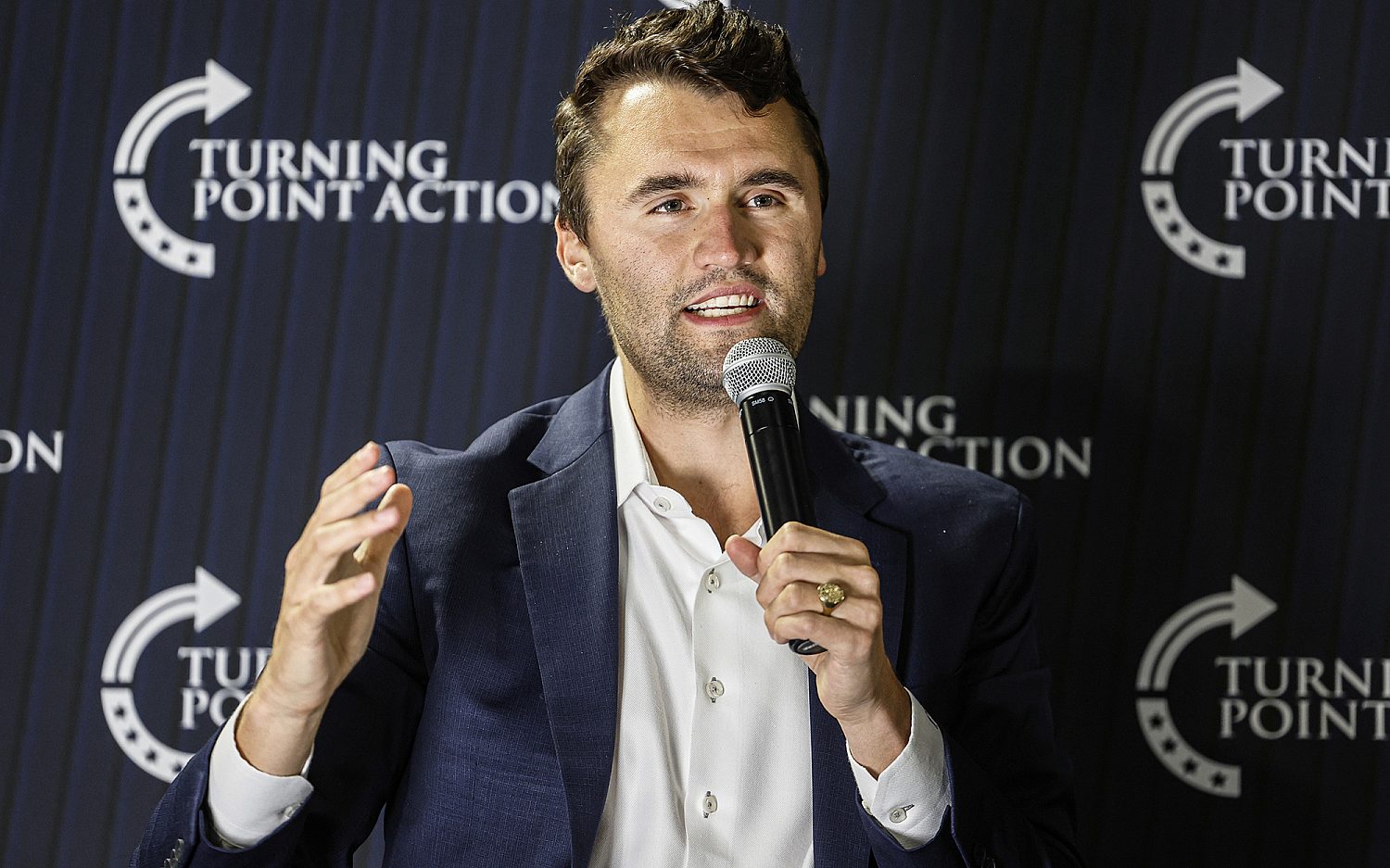Boeing 787 makes first trans-Atlantic flight on high-fat, low emissions fuel
For the first time, a commercial airliner crossed the Atlantic Ocean on Tuesday in a flight powered without fossil fuels. The Virgin Atlantic Boeing 787 flew from London to New York. Virgin Atlantic founder Richard Branson was one of a few people aboard the aircraft, but it was not considered a "commercial flight," as no paying passengers were aboard. The flight was funded in part by the U.K. Transport Department, which provided $1.27 million to plan and operate the flight. The aircraft took off from London at 6:49 a.m. EST and landed in New York at 2:05 p.m. EST.
What kind of fuel powered the aircraft? According to Virgin Atlantic, the “sustainable aviation fuel” used to power the flight was mostly comprised of used cooking oil and waste animal fat combined with a small amount of synthetic aromatic kerosene developed from waste corn. Airlines hope similar fuel will help them reduce their emissions to a target benchmark of 70 percent, but first, they must find a way to overcome the high cost and low availability of materials to make the fuel. After flying to New York, the Boeing 787 was expected to return to London using conventional jet fuel.
Dig deeper: Read Brad Littlejohn’s column in WORLD Opinions about a 2022 report challenging readers to think differently about climate change.
An actual newsletter worth subscribing to instead of just a collection of links. —Adam
Sign up to receive The Sift email newsletter each weekday morning for the latest headlines from WORLD’s breaking news team.





Please wait while we load the latest comments...
Comments
Please register, subscribe, or log in to comment on this article.